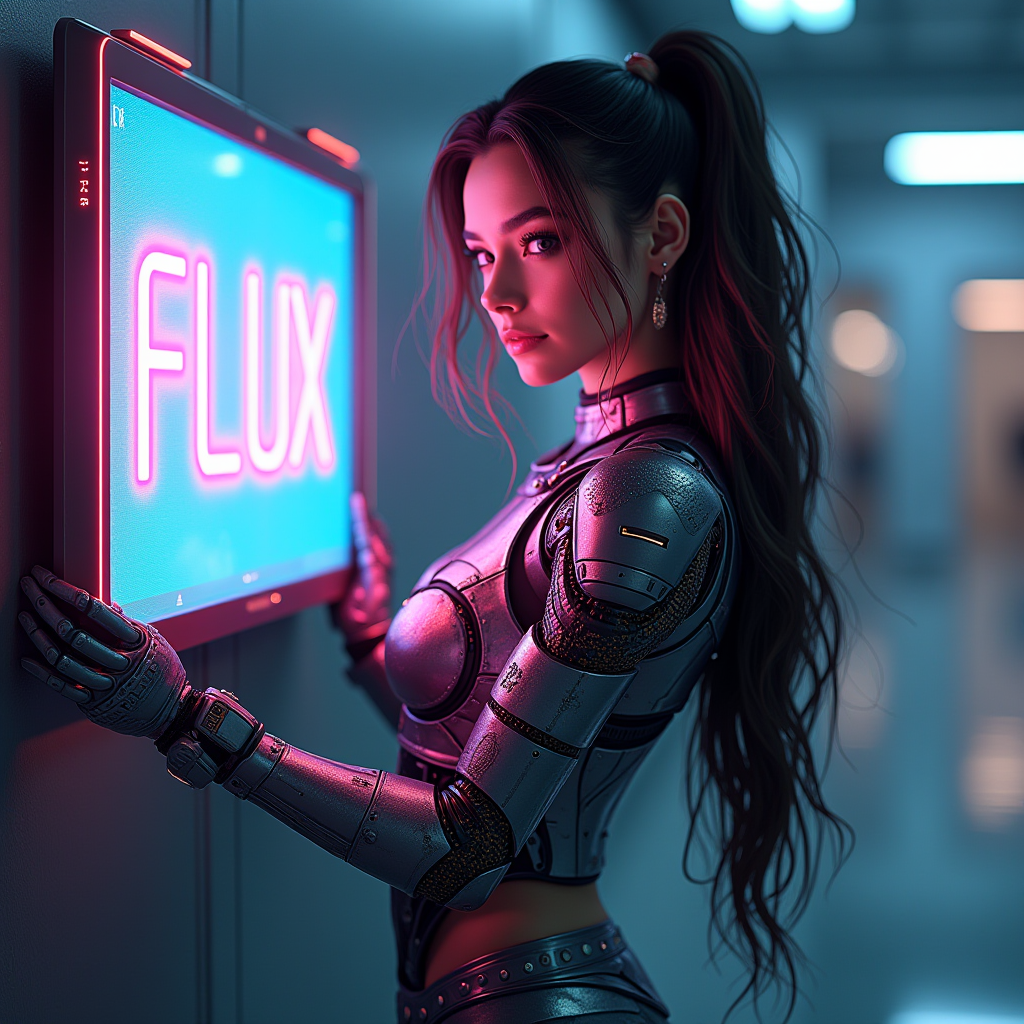FLUX AI Tools:
https://tensor.art/template/768387980443488839
https://tensor.art/template/759877391077124092
https://tensor.art/template/761803391851647087
https://tensor.art/template/763734477867329638
FLUX Prompt Tools:
https://chatgpt.com/g/g-NLx886UZW-flux-prompt-pro ⇦⇦⇦ Although I am doing my best to optimize my AI prompt generation tool, I am currently facing malicious negative reviews from competitors. If you have any suggestions for improvement, please feel free to share, and I will do my best to make the necessary optimizations. However, please refrain from giving unfair ratings, as it really discourages my creative efforts. If you find this GPT helpful, please give it a fair rating. Thank you.
AI-generated images are revolutionizing the creative landscape, and mastering the art of prompt engineering is crucial for creating visually stunning outputs with models like FLUX. This guide provides practical steps, examples, and introduces a specialized tool to help you craft the perfect prompts for FLUX.
1. Start with Descriptive Adjectives
The foundation of any good prompt lies in the details. Descriptive adjectives are essential for guiding the AI to produce the nuances you desire. For instance, instead of a simple "cityscape," you might specify "a bustling, neon-lit cityscape at dusk with reflections on wet asphalt." This level of detail helps FLUX understand the specific atmosphere and mood you're aiming for, leading to richer and more visually engaging results.
2. Integrate Specific Themes and Styles
Incorporating themes or art styles can significantly shape the output. For example, you could combine cyberpunk elements with classic art references: "a cyberpunk city with Baroque architectural details, under a sky filled with digital rain." This blend of styles allows FLUX to draw from various visual traditions, creating a unique and layered image.
3. Utilize Technical Specifications
Beyond adjectives and themes, technical aspects like lighting, perspective, and camera angles add depth to your images. Consider using prompts such as "soft, diffused lighting" or "extreme close-up with shallow depth of field" to control how FLUX renders the scene. These details can make a significant difference, turning a simple image into a masterpiece by manipulating light and shadow, and focusing attention where it matters most.
4. Combine Multiple Elements
To achieve a more complex and detailed output, combine several of the above strategies in a single prompt. For example: "A close-up shot of a futuristic warrior standing on a neon-lit street, wearing cyberpunk armor with glowing accents, under a sky filled with dark clouds and lightning." This prompt merges detailed descriptions, stylistic choices, and technical elements to create a vivid and engaging scene (Magai).
5. Experiment and Iterate
Prompt engineering is an iterative process. Start with a basic idea and refine it based on the results FLUX generates. If the initial output isn't what you expected, adjust the adjectives, tweak the themes, or alter the technical specifications. Continuous refinement is key to mastering prompt engineering (Hostinger).
6. Utilize the FLUX Prompt Pro Tool
If you're finding it challenging to craft precise prompts, or if you want to speed up your process, try using the FLUX Prompt Pro tool. This tool is designed to generate accurate English prompts specifically for the FLUX AI model. By inputting your basic idea, the tool helps you flesh out the details, ensuring that your prompts are both clear and comprehensive. It's an excellent way to enhance your creative process and achieve better results faster.
Try it here: 🚀FLUX Prompt Pro! 🚀 https://chatgpt.com/g/g-NLx886UZW-flux-prompt-pro
7. Practical Example
Let’s put all these strategies into practice with an example:
Basic Idea: A futuristic city.
Refined Prompt: "A wide-angle shot of a neon-lit, futuristic city at night, with towering skyscrapers reflecting in rain-soaked streets, cyberpunk style, featuring soft backlighting from holographic billboards, and a lone figure in a trench coat standing on a rooftop."
This prompt uses descriptive adjectives, specific themes, technical specifications, and combines multiple elements to create a detailed and dynamic image. By following these steps, you can consistently produce high-quality visuals with FLUX.
Conclusion
Mastering FLUX prompt engineering involves blending creativity with precision. By leveraging descriptive language, specific themes, and technical details, and by iterating on your prompts, you can unlock the full potential of FLUX to generate stunning, personalized images. Don’t forget to use the FLUX Prompt Pro tool to streamline your process and achieve even better results.
Keep experimenting, stay curious, and enjoy creating!
======================================================
If you enjoy listening to great music while creating AI-generated art, I highly recommend subscribing to my SUNO AI music channel. I believe it will help ignite your inspiration and creativity even more. I’ll be regularly updating the channel with new AI-generated music. Thank you all for your support! Feel free to leave suggestions or let me know what music styles you’d like to hear. I’ll be creating more tracks in various styles over time. Here are my AI music channel and featured playlists:
Lo-fi music: https://suno.com/playlist/e1087fe1-950a-448b-94f4-ddb17ccf84d0
FuturEvoLab AI music: https://suno.com/@futurevolab




